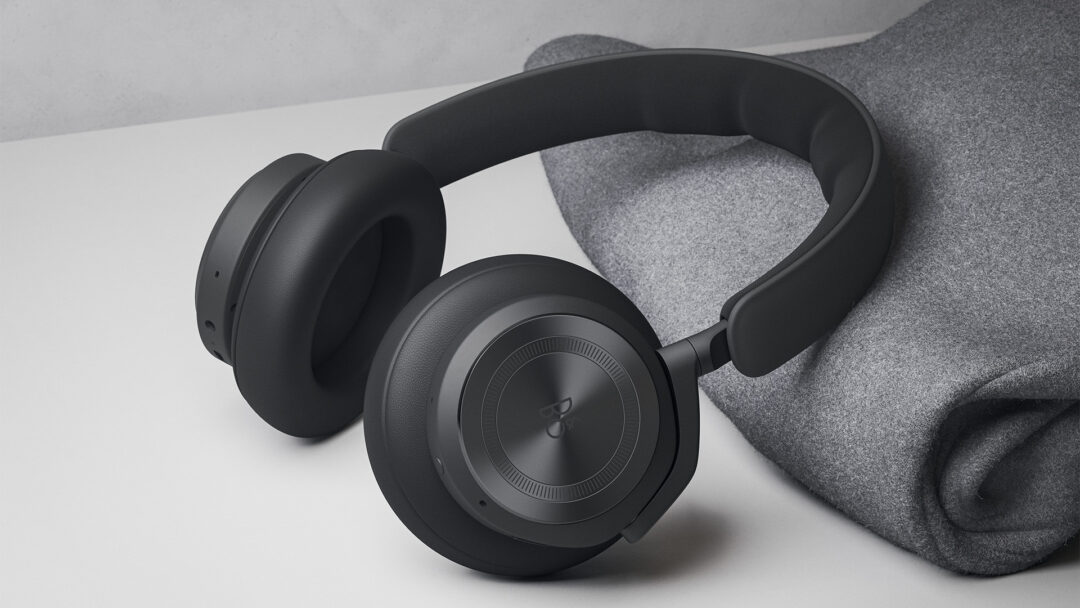Since the end of 2020, the top headphones from Bang & Olufsen have been Beoplay H95. They are fantastic, but also far more expensive than their predecessor, the Beoplay H9.
Beoplay HX is a new headphone in the upper tier of the premium class, which in terms of price fills the gap after H9. The X in HX should otherwise be read as the Roman numeral 10.
Externally, the Beoplay HX is similar to the combined gaming/music headphones Beoplay Portal, which we have just tested. The only visible differences are the pattern on the earbuds and two elongated touch fields for volume control and in-game chat, which are only available on Beoplay Portal. Beyond that, they look alike and feel alike. The price of the two models is also exactly the same.
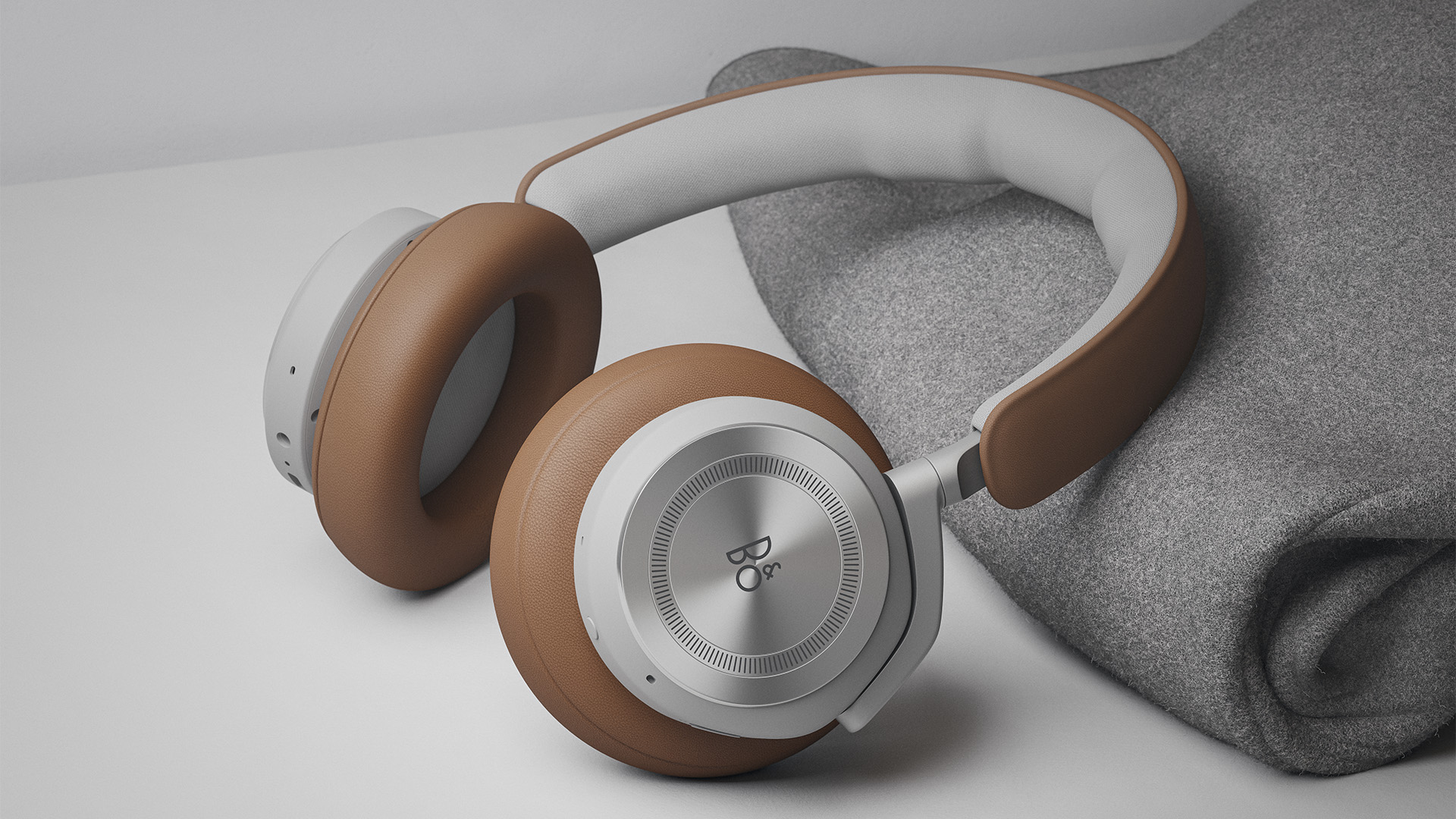
The details are also exactly as you would expect from a luxury headphone at that price – and especially when it comes from Bang & Olufsen: lambskin-coated ear pads in memory foam, aluminum headband and breathable fabric on the headband lining.
The list of technical data is also identical for Beoplay HX and Beoplay Portal. There is nothing wrong with that, as they are excellent. They have variable electronic noise reduction (ANC), and the headphones support the “hi-fi-friendly” Bluetooth protocol aptX Adaptive.
The degree of noise reduction can be set steplessly with a slider in the app (or on the earpiece). The adjustment goes from full noise reduction through a zero point, and from there on to directing the sound from the surroundings through and via the microphones (Transparency Mode).
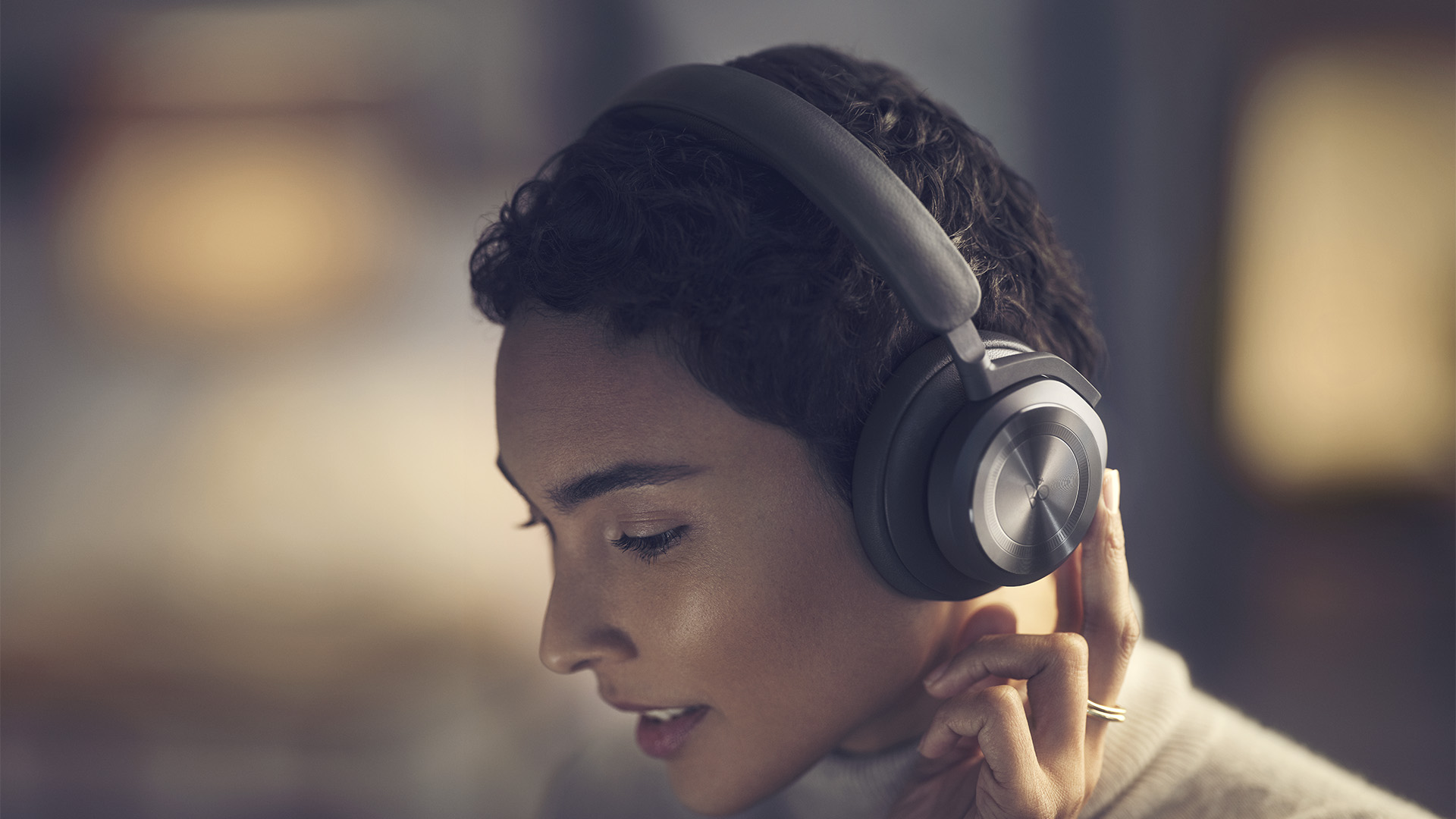
No voice control
Unlike most other headphones – including Bang & Olufsen’s own – there is no built-in voice control in Beoplay HX. This is perhaps to highlight the difference in features between the luxury model Beoplay H95 and the cheaper Beoplay HX. But it still seems strange when Beoplay Portal offers both Google Assistant and Amazon Alexa for the same price.
Like other Bang & Olufsen headphones, operation takes place on the metal surface of the right earpiece. Here you can start and stop playback, change tracks and adjust the volume. The operation consists of pressure and two different sweeping movements. And you must also learn not to touch the metal when you do not want to change anything, but just want to adjust the position of the headphone. Two push buttons are used to turn the headphones on or off and to turn the noise reduction on or off.
Wind noise
In the test of Beoplay Portal, we complained about the wind sensitivity which makes it very difficult to use the headphone outdoors in wind. Unfortunately, Beoplay HX also has this feature in common with its relative. While traffic noise is removed quite effectively, wind noise is amplified by the microphones, and ends up being more annoying than the actual noise from the surroundings.
There is of course no problem on the bus, on the train or in the office, where Beoplay HX muffles the noise of fellow passengers and colleagues excellently.
Office noise is well attenuated. Even if it is not at the same level as the Sony WH-1000XM4 – or Bang & Olufsen’s own Beoplay H95.
But they are not for outdoor use! Even a light breeze confuses the microphones so the wind noise ends up being amplified instead of being electronically neutralized. It can be argued that it is a bad idea for safety to ride a bike or run with headphones on. But you must at least be aware that it is not an option with Beoplay HX when it is windy.
The sound of Beoplay HX
The sound image from Beoplay HX is well known, and similar to Beoplay Portal (it would surprise me if you won’t find the same drivers inside the nearly identical earbuds). Warm and comfortable and without sharp edges or harsh characteristics.
The bass is round and full, without being too dominant. Voices are reproduced cleanly and fairly uncoloured. You do will not find yourself counting the number of singers in the choir in Koyaanisqatsi, but the balance is fine, and you can listen for hours without getting tired. Which is important for a headphone that is created to be used to secure private workspace throughout an entire working day between colleagues.
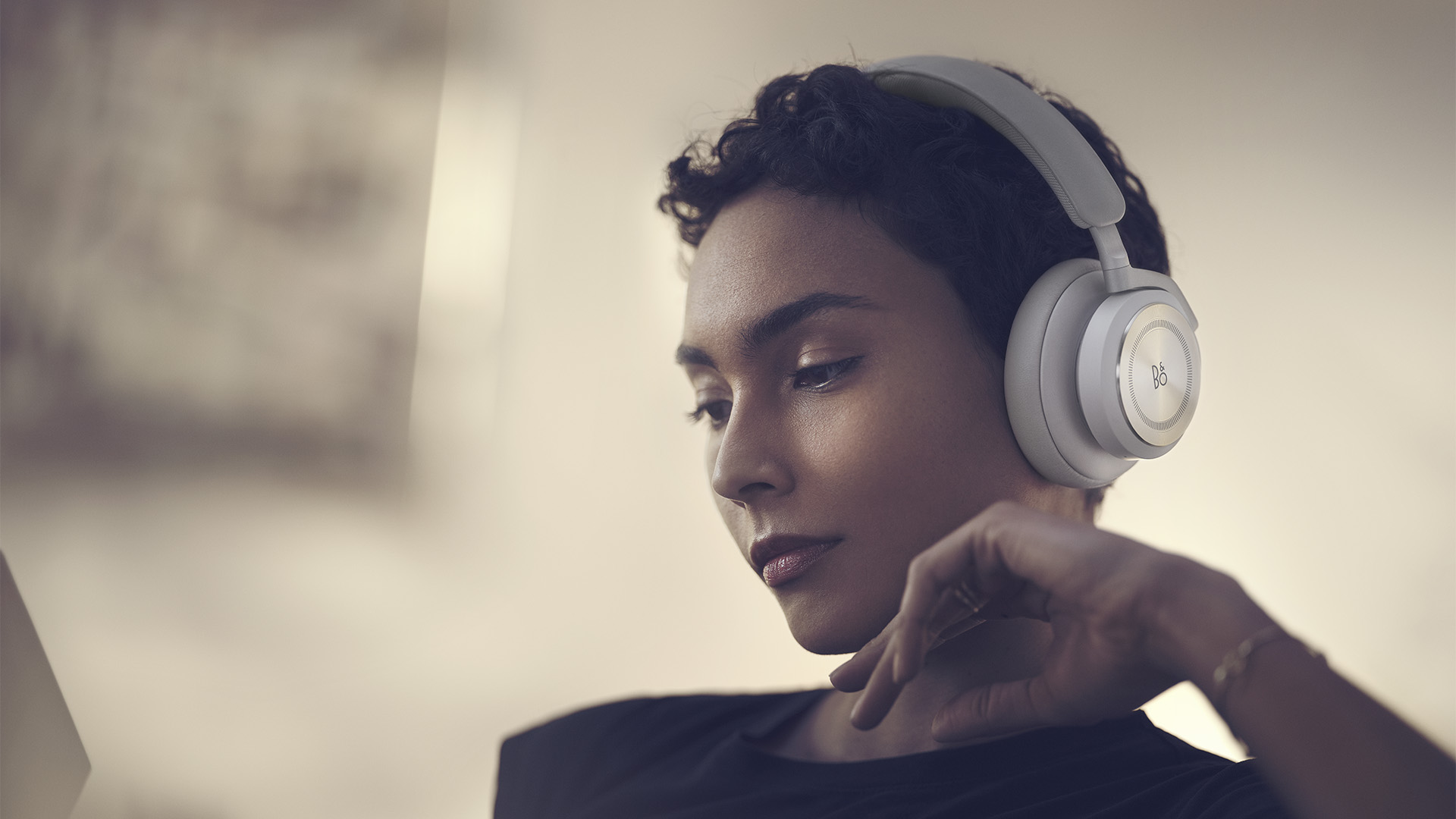
While the basic sound of the Beoplay HX is completely as you should expect, the automatic noise reduction is rather heavy-handed. It is normal for noise reduction to affect the sound of music to a greater or lesser degree, but here the effect is evident at all levels of the ANC.
At maximum noise reduction, harmonics and reverberation are clearly attenuated, and you get the experience of listening in a room with thick carpets on the floor – and the walls. With less powerful noise reduction, some of the airiness returns, but the midrange gets a somewhat hollow and resounding sound.
The side effects of the automatic noise reduction are not something you will notice if you are sitting in a noisy bus, and the pop music is pounding in your ears. But if you use the headphones as a shield in less extreme environments, such as in the office, where you might listen to a podcast or a book, the effect is clearly audible.
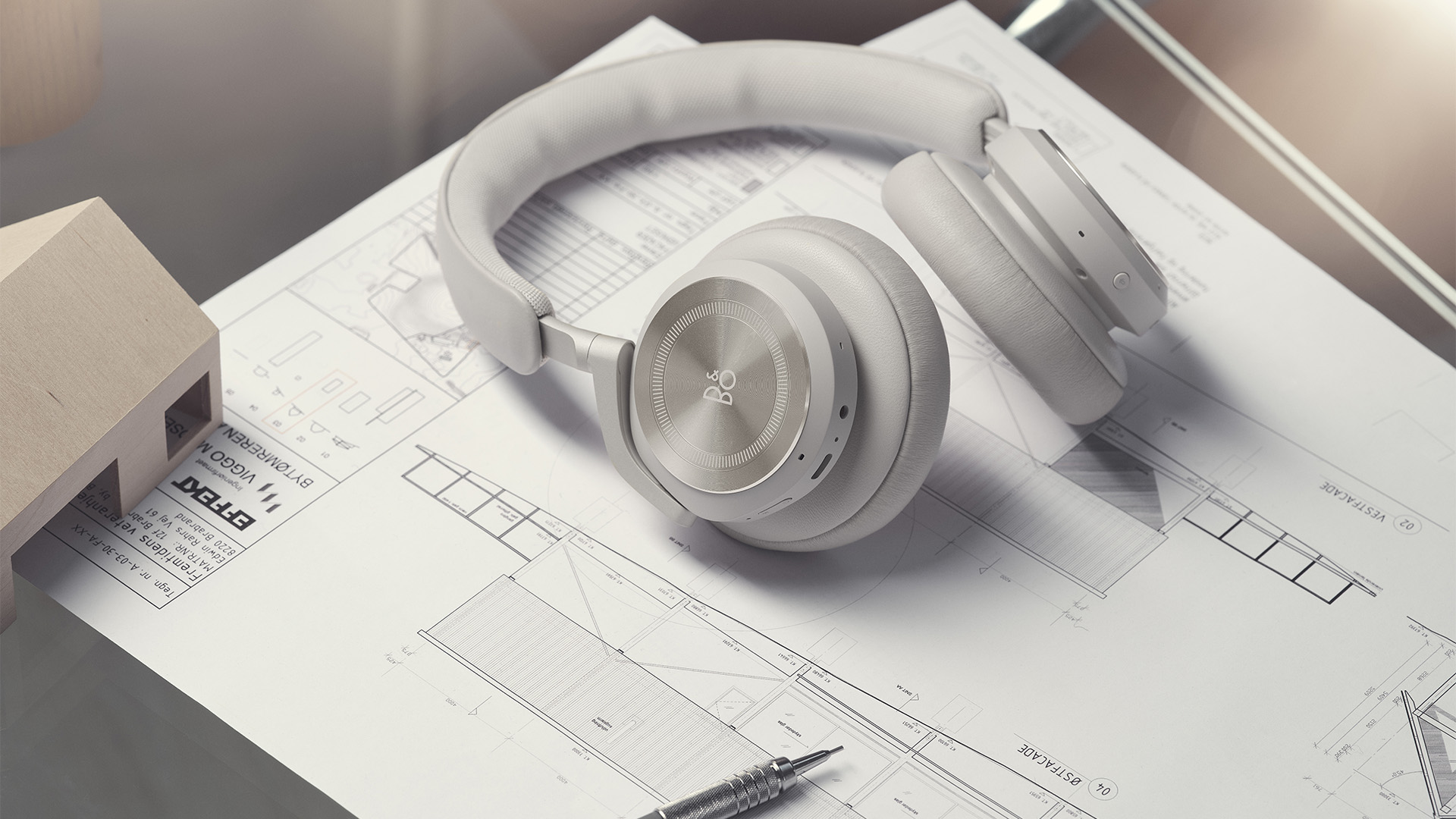
Conclusion
Beoplay HX is intended as a new alternative in the premium class for noise-reducing headphones. It is light and comfortable, and incarnating Bang and Olufsen fans should have it on their checklist. However, there are quite a few on the leg in the price range, and in terms of sound and function, it will face stiff competition.
Sensitivity to wind noise is a problem in a product most people will use for commuting. And the noise reduction takes up a larger portion of the music than we are used to hearing. That task is solved both better and cheaper by, for example, Sony WH-1000XM4 and JBL Club One. The lack of built-in voice control also does not seem well thought out.

We think
Good wearing comfort, nice design. Adaptive noise reduction. Touch operation. The noise reduction is too wind sensitive and it affects the sound quite a lot.
400 €
Specifications
- Type: Over-ear, closed, wireless with ANC
- Drivers: 40 mm with neodymium magnets
- Frequency range: 20 Hz – 22 kHz (tolerance not specified)
- Active noise reduction: Yes, adaptive
- Number of microphones: 6 (2 shared, 2 for speech, 2 for noise reduction)
- Impedance (passive): 24 ohms
- Sensitivity (passive): 95 dB/1 mW
- Battery life: 35 hours with ANC and Bluetooth, 40 hours with Bluetooth only
- Voice control: No.
- App: Bang & Olufsen
- Connections: USB-C, 3.5 mm stereo minijack, Bluetooth 5.1 (AptX Adaptive, AAC, SBC)
- Weight: 360 g
Cables: USB-A to USB-C, 1.25 m, 3.5 mm stereo minijack cable, 1.25 m
Web: bang-olufsen.com
